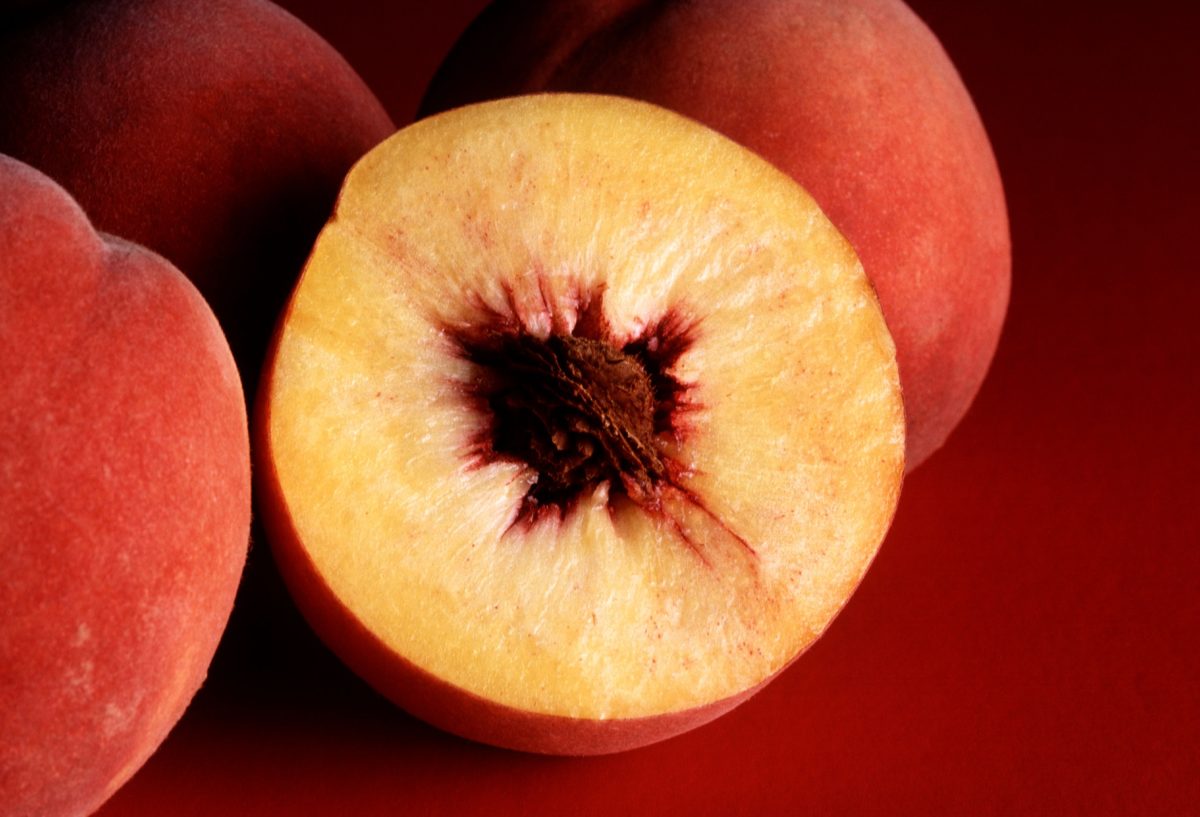 A warm February and unexpected cold snap could mean trouble for Georgia peaches. Dario Chavez, assistant professor and peach research Extension specialist at the University of Georgia, says although concrete data has not yet been collected, damage was done.
A warm February and unexpected cold snap could mean trouble for Georgia peaches. Dario Chavez, assistant professor and peach research Extension specialist at the University of Georgia, says although concrete data has not yet been collected, damage was done.
Chavez says that early varieties of peaches were pretty developed before the cold snaps within the first couple weeks of March. “We’ve got some damage that you clearly can see,” he says.
Chavez, who is located in Griffin, reminds growers that freeze damage can actually be a good thing sometimes. The cold can thin the tree without the grower having to do it. “In reality, you only need about 15 percent of your flowers to set fruit and have a full crop,” he says.
After having temperatures in the high 70s, Chavez says that Griffin got down to about 26 F for approximately four hours with no wind. This major drop in temperature definitely caused damage, but he says it is difficult to determine how much at this point in time.
Chavez will be gathering damage reports for the next week or so. He says it will be interesting because there can be variation in freeze damage between orchards. “Sometimes when you drive in different orchards, you will see more (damage) in one versus the other, even if they’re growing the same variety,” he explains.
Chavez adds that assessing freeze damage can also be difficult because even though it looks like a bud is devastatingly damaged, it can sometimes grow back. “Flowers can surprise you,” he says.
If Georgia goes through another severe cold snap before April, Chavez thinks it will be difficult for the state’s industry. “Things are really moving along (in the trees). We’re about two weeks earlier than usual due to the warm February. Now, they (the trees) will be more susceptible to the cold,” Chavez concludes.
Share this Post










